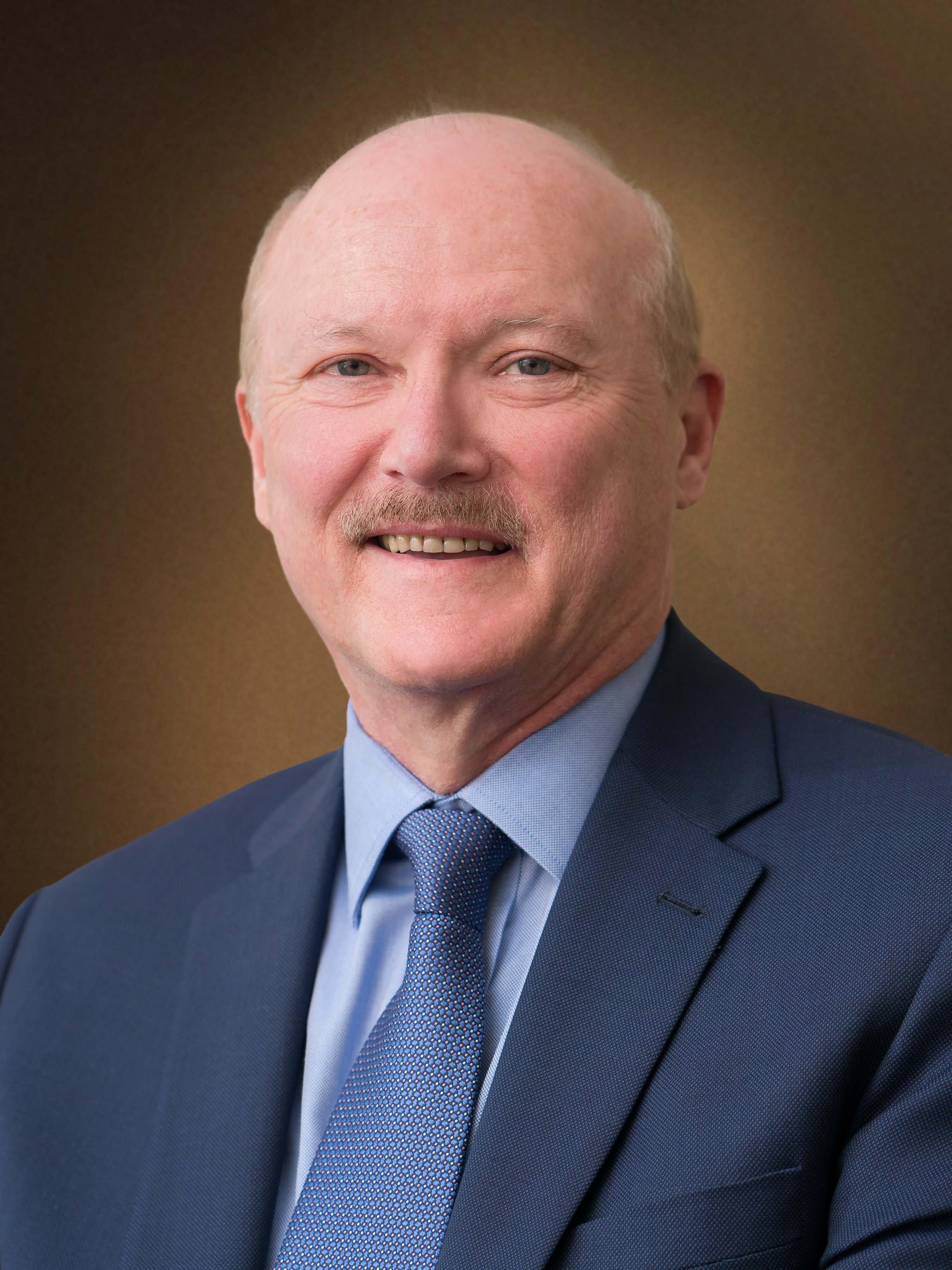3 Ways Innovations Will Shape Healthcare This Year
During my career as a physician in a family medicine clinic and as a healthcare administrator, I’ve witnessed some medical miracles.

My father was an extremely strong individual. He was a farmer, a musician, and a role model. It seemed like he could do everything. When I was 12 years old, I watched his health deteriorate. He developed valvular heart disease—a defect to one of the four heart valves. He couldn’t walk up a flight of stairs without stopping three times.
My father was one of the first people to undergo an operation through a joint program between the University of Minnesota and the Veterans Affairs Hospital. It was a very primitive surgery: you stop the heart, cool the body down, open the heart, and open the valve using a finger. Fortunately, the size of the surgeon’s finger was exactly the right size to repair my dad’s heart valve.
My father lived to be 82.
It was a defining moment in my life–one that charted my path toward medicine. I wanted to have the opportunity to help people live their healthiest life. During my career as a physician in a family medicine clinic and as a healthcare administrator, I’ve witnessed some medical miracles.
Innovations in medical technology helped my dad and countless others. However, innovation transcends inventing new procedures and discovering new medication. To deliver the best healthcare possible to our patients, we need to improve care at every level. It’s one of the reasons I’m excited about the work we’re doing at Select Health. We’re helping employers, employees, their families, and providers become empowered to take care of themselves through digital tools. Here are three innovations that are transforming the healthcare landscape by creating an integrated system that helps people improve their health and make informed decisions.
Empowering patients with transparency tools
Digital transparency is one of the biggest areas of innovation for healthcare consumers. We are giving people what they need to engage in their own healthcare by allowing them to compare everything from cost to quality. Simply put, we want patients to have access to information that will enable them to make more informed decisions.
As a doctor, I want my patients to focus on their health when we’re talking instead of worrying about how much the visit will cost. If we eliminate the confusion and mystery around pricing early on, our patients will feel more comfortable–and likely be more proactive–about their care. The Select Health medical cost estimator tool, for example, calculates how much someone will pay for a service based on their specific plan benefits and usage, including deductibles and out-of-pocket maximums. It also gives patients access to a breakdown of common charges for their procedure, from the facility to anesthesia to surgeon.
Costs aside, quality of care is equally paramount. Technology has enabled us to shop around for everything. There’s a reason why people read the reviews before going to a restaurant. Well, healthcare is an even more intimate experience. Isn’t it important that patients feel the same level of comfort before choosing a doctor? The Select Health online provider search tool allows someone to read patient satisfaction ratings for providers. It’s based on a survey administered by phone following a visit with the doctor. Finding the right doctor is the first step toward enabling people to receive vital services.
Improving care management through electronic medical records
We’ve come a long way in developing methods to ensure continuity of care for our patients. I believe that Electronic Medical Records (EMR) are instrumental in advancing communication, efficiency, safety, and engagement. Throughout the industry, EMRs allow doctors to track patient progress through detailed, accurate, and legible notes. It’s essential we maintain this historical data to provide quality care while developing a thorough and individualized care plan.
At Select Health, we have a very robust EMR system that allows us to understand the care a patient receives. Care managers can view these records in real time and take immediate action—a move that exponentially improves care management. For example, if a Select Health member goes to the emergency room, a care manager is notified and reaches out to the members. The care manager can help the member understand the provider’s instructions for care and connects them to community resources if needed. This may include helping the member understand why a medication is needed or getting transportation to a follow-up appointment. These steps are all part of our mission to ensure that we are Helping People Live the Healthiest Lives Possible.
Expanding access to care using telehealth and telemedicine
The most important aspect of medical innovation is access to care. Telehealth and telemedicine have revolutionized healthcare by making it easier for patients to receive timely, affordable, and high-quality treatment for a variety of needs. Today, patients can connect with a physician or nurse practitioner through their smartphone or computer. Telemedicine helps people avoid an emergency room or urgent care facility visit.
We’re also using telehealth for peer-to-peer interactions that elevate the delivery of care for our patients. Access to peer-to-peer physician consultations often avoids transfer from rural facilities that may separate families and cause stress.
These digital innovations are improving our ability to connect with our members in a more meaningful way. My goal as a doctor is to make sure each patient receives the best care possible. As an administrator, my goal is to help connect the dots so we can close the gaps and eliminate any barriers that prevent us from delivering efficient, affordable care. I invite my peers to join with us to continue innovating and transforming healthcare in a way that benefits all.
Related: Overcoming Industry Challenges to Better Serve Our Members


